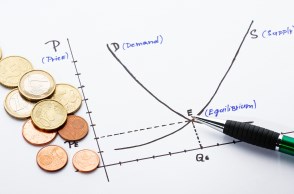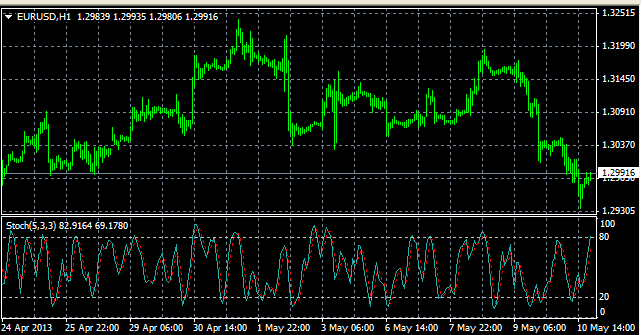Overbought and oversold, how to determine these market conditions
The main indicators that affect the market price are supply and demand; it is the change in their value that has the greatest impact on the cost of shares, currencies and goods.

At the same time, the market does not always react to this event with an immediate reversal; there are points or zones in which there comes a time when the price of an asset does not suit buyers or sellers.
Such periods are called overbought and oversold markets.
Overbought market is the moment when price growth stops, since the number of people willing to buy an asset is practically reduced to a minimum, and the number of people willing to sell it begins to grow.
In relation to Forex, this indicator is characterized by the number of open sell orders; when it reaches the maximum level, the price does not want to rise anymore and traders begin to make short trades.
Which leads to an increase in the supply of currency and, accordingly, causes a downward trend in Forex . In order to control the number of open orders, a special informer “ Open positions of traders ”
Oversold market is the opposite indicator to the previous one; it occurs when the price of a currency pair reaches its minimum and is unable to decline further.
This indicates that demand is currently beginning to exceed supply. The value of the asset has reached a minimum and has begun to suit most buyers, which is a signal to open buy orders.
At the same time, the number of people willing to conclude a sale transaction begins to fall and the supply is rapidly declining.
How to determine overbought and oversold using specific examples
For greater clarity, we should consider the situation using a specific example. In the Forex market there is an upward trend in the euro/dollar currency pair, the price is steadily rising, while there are no factors stimulating this growth, as a result there comes a moment when no one wants to open transactions at this price.
Traders understand that it has reached its maximum and close previously opened buy orders, this causes an even further weakening of the trend and, as a result, its reversal.
After the reversal, the number of sell orders increases massively, their number continues to grow until the price enters the oversold zone and everything is repeated in the reverse order.
It should be noted that a trend reversal does not always happen only in the overbought and oversold zone; very often it is caused by strong news or a sharp change in the demand (supply) of a currency.
Therefore, you cannot rely 100% in trading only on the analysis of overbought and oversold. The main tool that allows you to determine these points in the Forex market is the Stochastic indicator ; it can be found in any of the trader’s terminals . It is included in the standard set, so to speak.

As you can see in the figure, the overbought zone has parameters from 80 to 100, and the oversold zone from 20 to 0. Signals to buy or sell are usually the exit of indicator lines from these zones, namely the intersection of the level of 80 or 20.
The signal is stronger if the solid line crosses the dotted line when buying from top to bottom, when selling from bottom to top, and you can notice this yourself by looking at the indicator window.
The truth remains a mystery on the basis of which information is obtained by this script, so to be on the safe side it is advisable to use another source of signals.
Overbought and oversold markets have always been the basic guideline when predicting the further behavior of a trend, which is why it is so important to control what phase the trend is in when opening transactions.
More information on using indicators to determine overbought and oversold conditions can be found here - https://time-forex.com/interes/perekup-pereprod-indik

